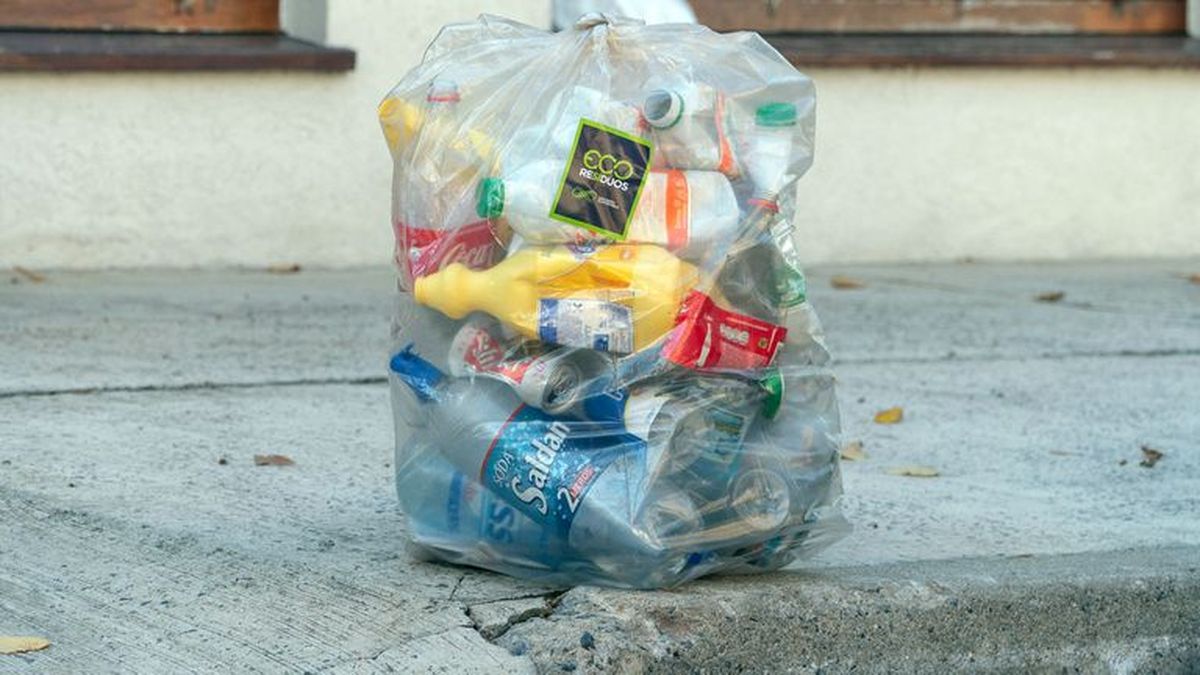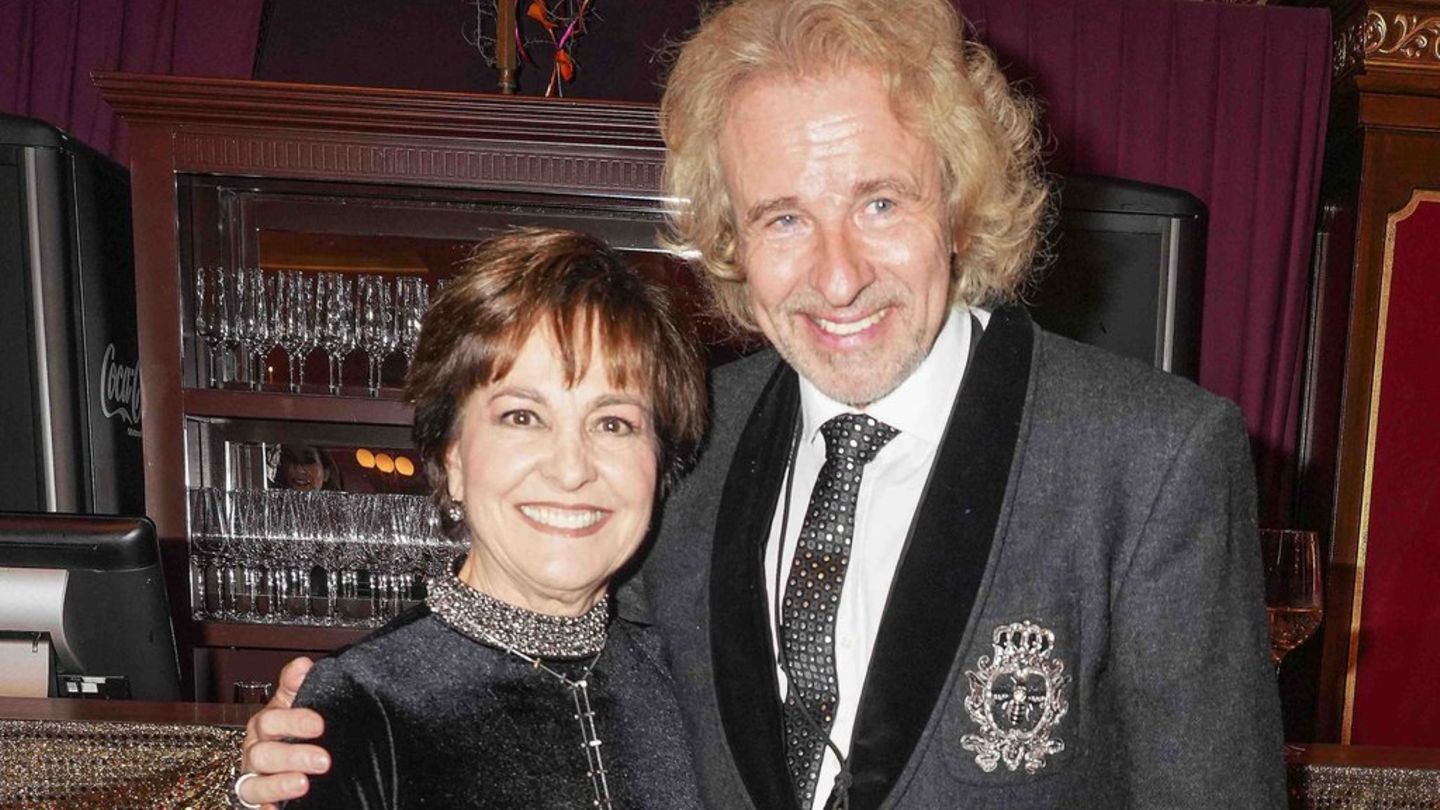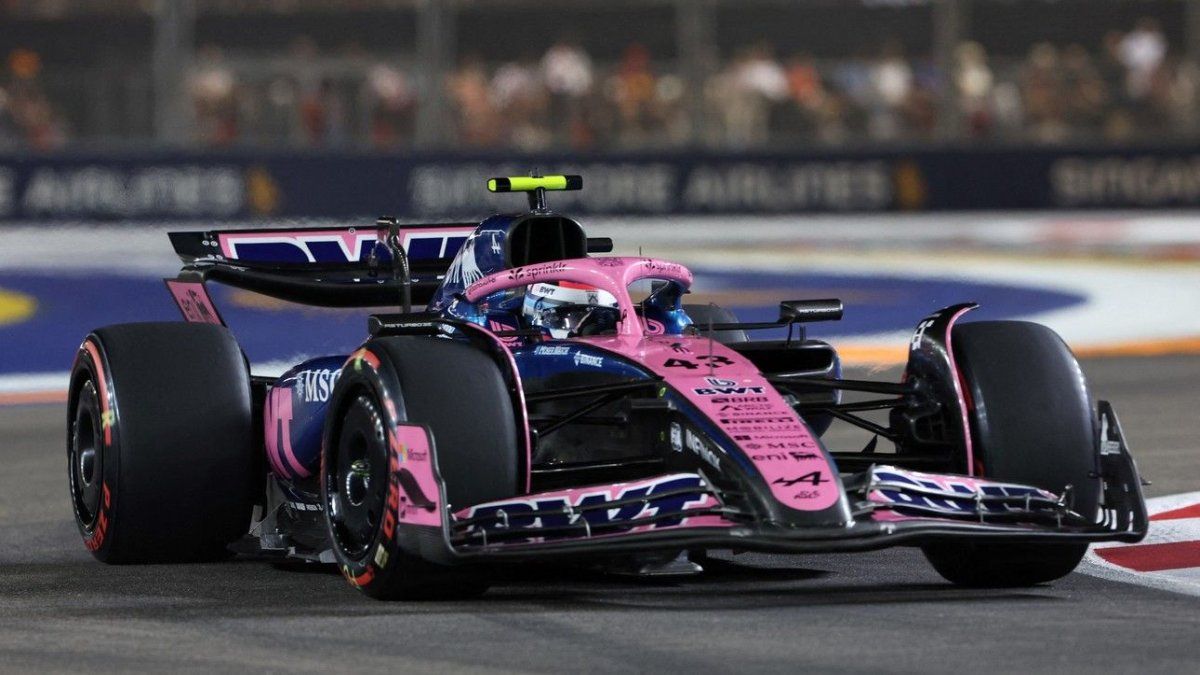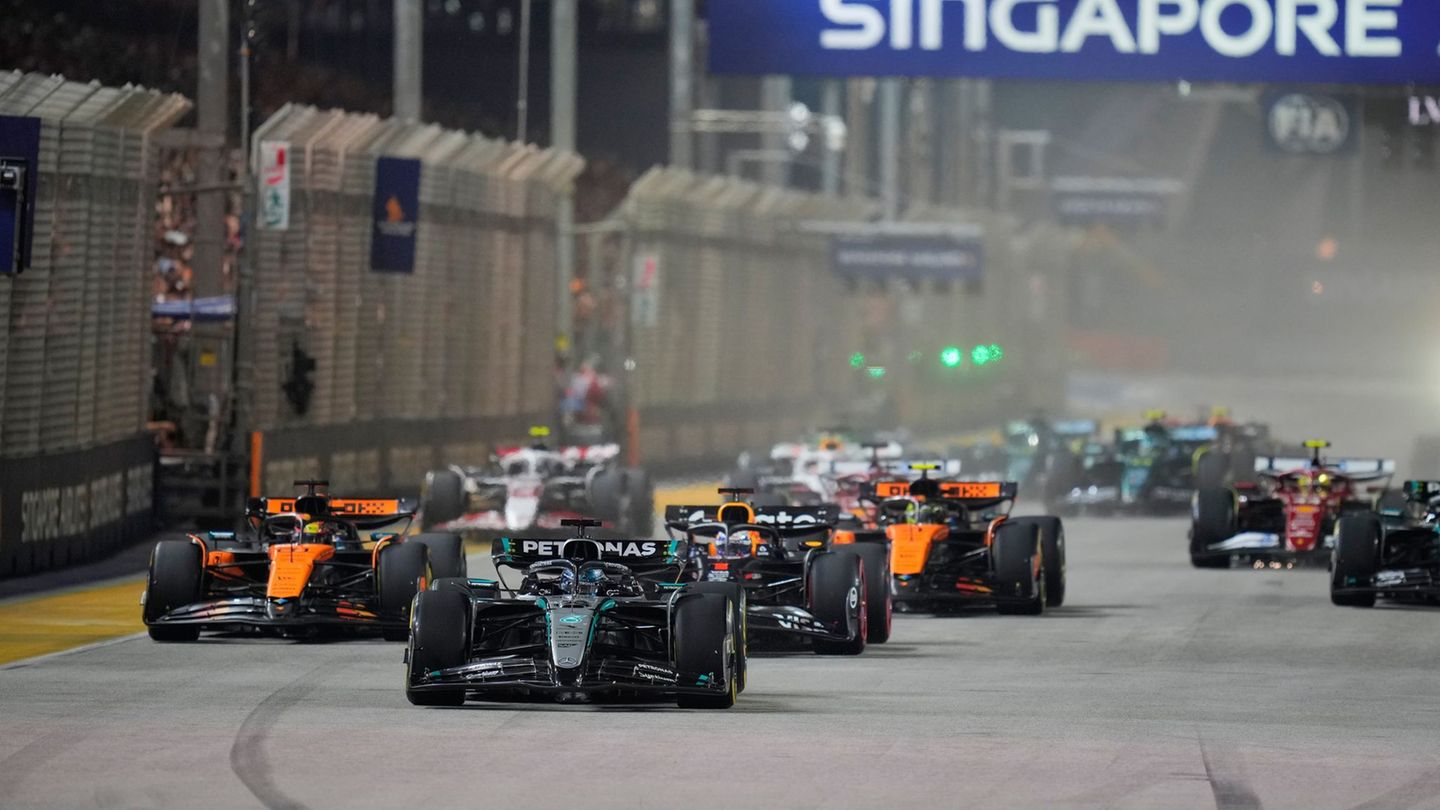With a simple change of perspective we can prevent that which reached the end of the chain from ending up buried in a landfill, piled up in a landfill or floating in the ocean.
waste.jpg
The concept of useful life is somewhat subjective, to a certain extent. How long a product or material lasts will depend in the first instance on its physicochemical characteristics. We cannot ask a tomato to last 5 months, of course, that is something that is out of our hands.
Secondly, we depend on planned obsolescence defined or not by the manufacturer, and the possibilities to repair, reuse and recycle that one has available. The washing machine my grandmother bought in 1949, which is still working, is not the same as the one I bought last year, which will probably expire in a few years without much chance of being repaired. It is also not the same to live in a big city with differentiated containers everywhere and EcoPoints for receiving recyclables in the squares, than to live in a small town, where probably only some of the materials that make up our waste are formally recoverable.
Last but not least, we are at the mercy of the ingenuity and creativity of each one of us. This is the decisive point, which will determine if the useful life of a product has really come to an end or if there is still some left to be used.
To extend the life of materials, we have to inform ourselves, look for reliable sources and never settle for a label that says “ecological”. That a product or behavior is sustainable, that is, that it cares for the health of the planet and that of people, will depend on millions of factors. We can’t control them all, but knowledge is power. The more informed we are, the better decisions we will make. Do not be afraid of making mistakes, in fact, that is usually the best way to learn.
For example, although vegetarianism is a very good idea to reduce our ecological footprint in general terms, today there is scientific evidence that lowering the consumption of dairy products is more efficient than eating less meat, if what we want is to generate less carbon footprint. It is also very common to choose a product for being “recyclable” when we are not even aware of whether it can actually be recycled in our locality and we are not taking into account that we could choose an equivalent product that is reusable.for instance.
The less we label and the more real information we handle, the better decisions we will make.
On the other hand, many times we will have to think outside the norm. In general, products are designed and created with a specific purpose. But its useful life does not necessarily have to end when it stops fulfilling that purpose. We can use our creativity to turn waste into resources. That tupperware that was left without a lid yesterday, today can be a bowl and tomorrow become a pot.
waste.png
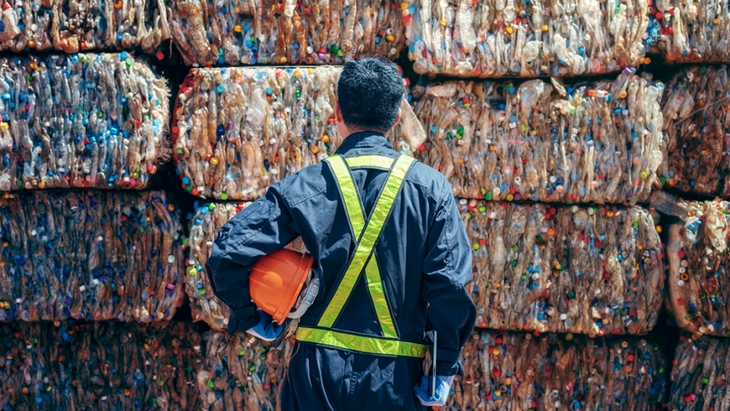
The key is to change the paradigm, change perspective and stop seeing what “it does not work anymore” for that purpose as garbage. We have thousands of possibilities prior to depositing it in a bin. Tools like ruler the 3 R’s (reduce, reuse and recycle), they can guide us in the first instance. But to make a real change, we have to change the look.
A good practice is every now and then to rummage through our garbage and see what we find. Are there many organic? containers? Leftovers? plastics? Only by knowing our waste can we choose the best destination for it.
Obviously, the best waste is the one that is not generated. If we see that we can avoid a mountain of unnecessary packaging, for example by buying in bulk, we can set that as our next goal. But for the waste that we generate and we know that we will continue to generate, we are going to focus on extending that life cycle. Whether repairing, reusing, donating, selling or recycling, we will always try to choose the option that results in a longer life.
Applying this change of perspective, our habits and customs will change little by little, allowing us to take care of natural resources, generate less pollution, reduce our carbon footprint, take care of our health and that of other species, and even save money.
Graduated in environmental management, specialist in sustainability and consultant B (@unaovejaverde).
Source: Ambito

